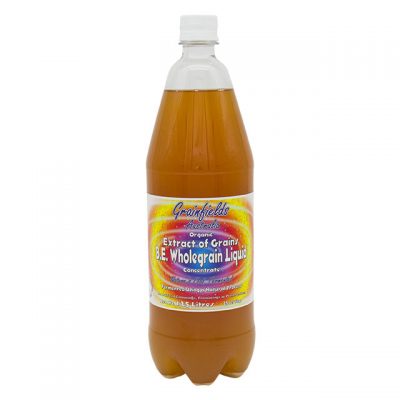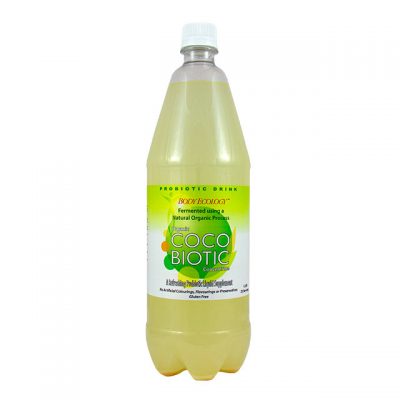Turmeric, the humble golden coloured cooking spice is a true superfood which is currently very popular in natural health circles for its beneficial anti-inflammatory, detoxifying, pain relieving and antioxidant properties. Turmeric has a long history of culinary and therapeutic use dating back thousands of years and is still used in traditional folk medicine today all over the world.
In Ayurvedic medicine, the therapeutic properties of turmeric include relieving gas, dispelling worms, improving digestion, purifying the blood, regulating menstruation, dissolving gallstones, treating various respiratory conditions (cold, asthma, allergy, bronchitis, sinus) and relieving arthritis. Turmeric is also used to remedy skin conditions such as psoriasis and eczema. In South Asia, Pakistan and Afghanistan folk medicine, turmeric has been used since ancient times as an antiseptic for cuts and burns, also for treating sprains and bruises.
The active constituent in turmeric which is responsible its amazing properties and for the vibrant yellow colouring is curcumin.
Over the past 25 years, modern science has begun to recognise the importance of curcumin/turmeric with extensive research on its many therapeutic benefits through thousands of studies and publications.
Because of its poor bioavailability, curcumin needs to be taken in quite high doses or combined with other compounds to enhance absorption. Some of the combination compounds used in clinical trials include soy isoflavones, bioperine, sulfasalazine, mesalamine, prednisone, lactoferrin, N-acetylcysteine, and pantoprazole. Piperine, a natural constituent of black pepper has been shown to boost curcumin absorption by 20 times.
Use of curcumin in clinical trials have found it to be safe and well – tolerated. Promising effects have been observed in studies on patients with various conditions including, cardiovascular disease, arthritis, uveitis (eye inflammation), Crohn’s disease, diabetes, inflammatory bowel disorders such as ulcerative proctitis, psoriasis, and acute coronary syndrome.
Curcumin also has detoxifying properties and research has shown it protects again hepatitis, heavy metal/arsenic exposure and alcohol toxicity.
Because inflammation appears to play a role in cancer, current research suggests that curcumin may help inhibit the spread of cancerous cells and make chemotherapy more effective by protecting healthy cells from damage caused by radiation.
Turmeric/curcumin may also be helpful for hormone and reproductive health due to its gentle digestive and detoxifying effect on the liver. Curcumin increases bile flow, which is released by the liver and stored in the gallbladder. Bile helps with digestion by breaking down fats and aiding the absorption of the healthy fatty acids from food. Healthy liver function is especially important for women as fatty acids form the building blocks of reproductive hormones.
In summary, the therapeutic properties and uses of curcumin/turmeric are so many that it would be impossible to fit them all in just this one article!
Sources: Therapeutic potential of curcumin in digestive diseases- World Journal of Gastroenterology 2013, Pietro Dulbecco and Vincenzo Savarino. Therapeutic roles of curcumin– Lessons learned from clinical trials, The AAPS Journal, Gupta, S. C., Patchva, S., & Aggarwal, B. B. (2013). Clinical effects of curcumin in enhancing cancer therapy: A systematic review– Kamran Mansouri, Shna Rasoulpoor, Alireza Danesshkah, Soroush Abolfathi, Nader Salari, Masoud Mahommadi, Shabnam Rasoulpoor and Shervin Shabani– National Centre For Biotechnology Information. Herbal Medicine: Biomolecular and Clinical Aspects. 2nd edition, Benzie IFF, Wachtel-Galor S, editors, Boca Raton (FL): CRC Press/Taylor & Francis; 2011, Chapter 13-Turmeric, the Golden Spice From Traditional Medicine to Modern Medicine Sahdeo Prasad and Bharat B. Aggarwal.





